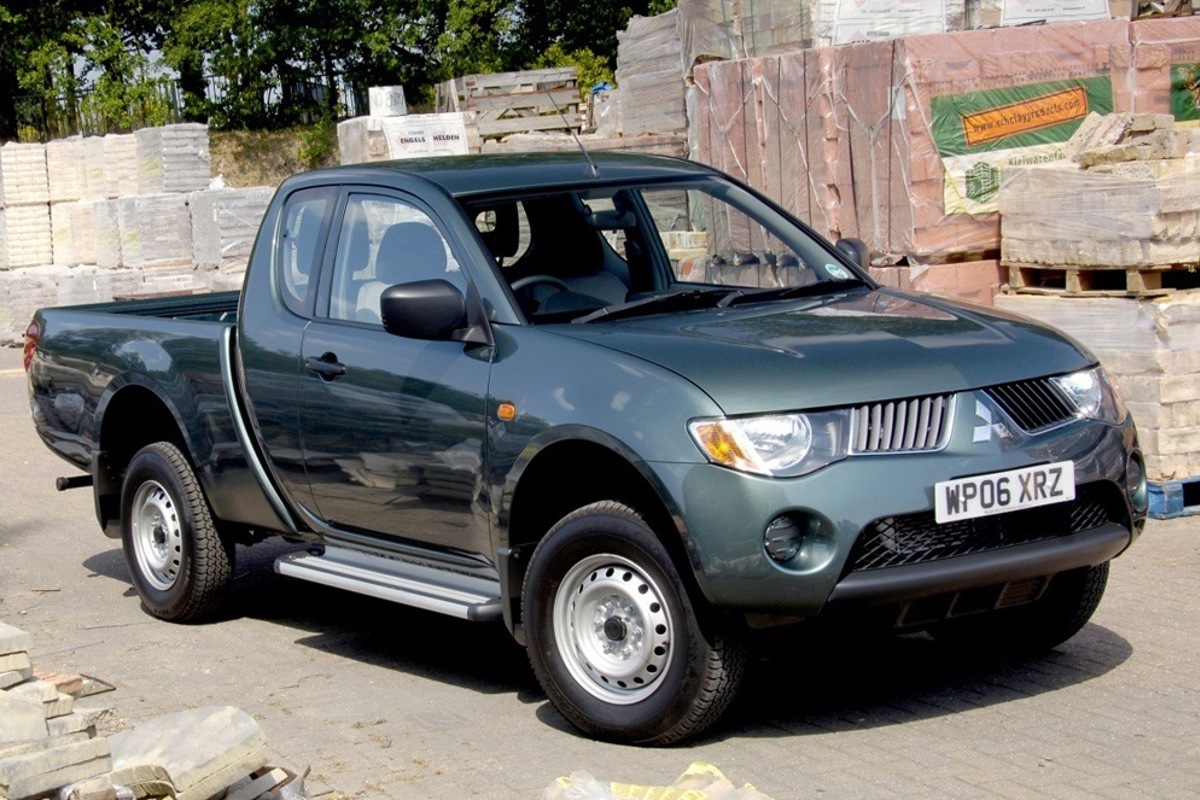There are plenty of reliable pickup trucks from 10 to 20 years ago still running strong and available at reasonable prices in the used vehicle market.
The key is to steer clear of models that tend to require expensive repairs or are notorious for rust issues, especially since labor costs are high in the West. That seemingly great deal can quickly turn into a nightmare if you fall into that trap.
What you should be looking for is something like a 4-cylinder S-10 from the 90s. What you want to avoid is something like an Uplander from the mid-2000s, because these minivans are nearly impossible to fix cost-effectively.
The difference in ownership costs is massive. One can be maintained using a multimeter and a basic set of hand tools, while the other often requires engine removal for even minor repairs. The same applies to rust issues—it’s not cheap to fix.
10. Mitsubishi L200
According to a well-known car-buyer website, 2011 models were experiencing warranty repairs for rust along the footrails in less than 13 months of ownership.
Several ratings for post-2011 models, and among roughly half of the reporting owners, the only major complaints were fuel consumption and issues with rust on the lower body and chassis.
Essentially, if you read between the lines, you can likely conclude that this truck is only rustproofed to the standard of a typical Japanese world market vehicle. So, if you’re located in Africa, Australia, or Mexico, it’s probably a safe bet as a used purchase. However, if you’re in a northern region, buyer beware!
Also Read: 15 New & Classic Muscle Cars That Remain Popular Among Enthusiasts
9. Toyota Tundra and Tacoma Model Years 2005–2008
Toyota included 2005–10 Tacoma models; 2007–08 Tundras; and 2005–08 Sequoias in a class-action lawsuit.
Toyota indeed had a significant rust issue during the 1970s and 1980s. As an average person walking down the street, you likely won’t spot many of the trucks mentioned above showing serious rust without a detailed inspection.
So if you’re thinking about buying one of these models, check to see whether it’s included under the extended warranty agreement from this settlement. You want to protect yourself.
Between 2005 and 2008, both the Toyota Tacoma and Tundra were plagued by serious rust issues, particularly affecting the structural integrity of their frames. The most widespread problems involved severe frame corrosion, especially in regions where road salt is commonly used during winter.

In the case of the Tacoma, Toyota acknowledged the problem and launched a Limited Service Campaign (LSC) that extended the frame warranty to 15 years from the original in-service date. If a dealership found rust perforation during an inspection, Toyota would replace the entire frame at no cost to the owner.
This campaign covered Tacomas from as early as 1995 up to 2010, but the 2005–2008 models were right in the danger zone. However, once the 15-year window expired, Toyota typically declined to take any further action, even if the truck was clearly affected.
The Tundra also suffered from similar rust issues during the same model years, including frames so corroded that spare tires would fall off, fuel tank straps would fail, and suspensions could collapse.
If you’re considering buying a used 2005–2008 Tacoma or Tundra, it’s critical to inspect the frame thoroughly or have a qualified mechanic do so. For current owners, checking your VIN with Toyota or through a dealer can confirm whether any recall or campaign work was performed.
If the frame is compromised and Toyota won’t cover repairs, replacing it is extremely costly and often not worth the investment unless the truck is in excellent condition otherwise.
These rust issues were a black mark on Toyota’s reputation for reliability during that era and serve as a cautionary tale for secondhand truck buyers today.
8. 1st Generation S-10 and S-15 GMC
There are very few of these trucks still on the road because their drivetrains and wiring were subpar compared to Japanese trucks from the same time period. Unlike the second-generation models that followed, which were significantly better built, these early versions didn’t offer much in terms of quality or reliability.
If you happen to come across one of these for sale, chances are it’s already had a V-8 conversion and has been completely overhauled, or at the very least, it’s been stored indoors and the engine has been rebuilt.
Exercise caution and thoroughly inspect underneath before making a purchase. The bodies on these were practically designed to fall apart just days after the warranty expired.
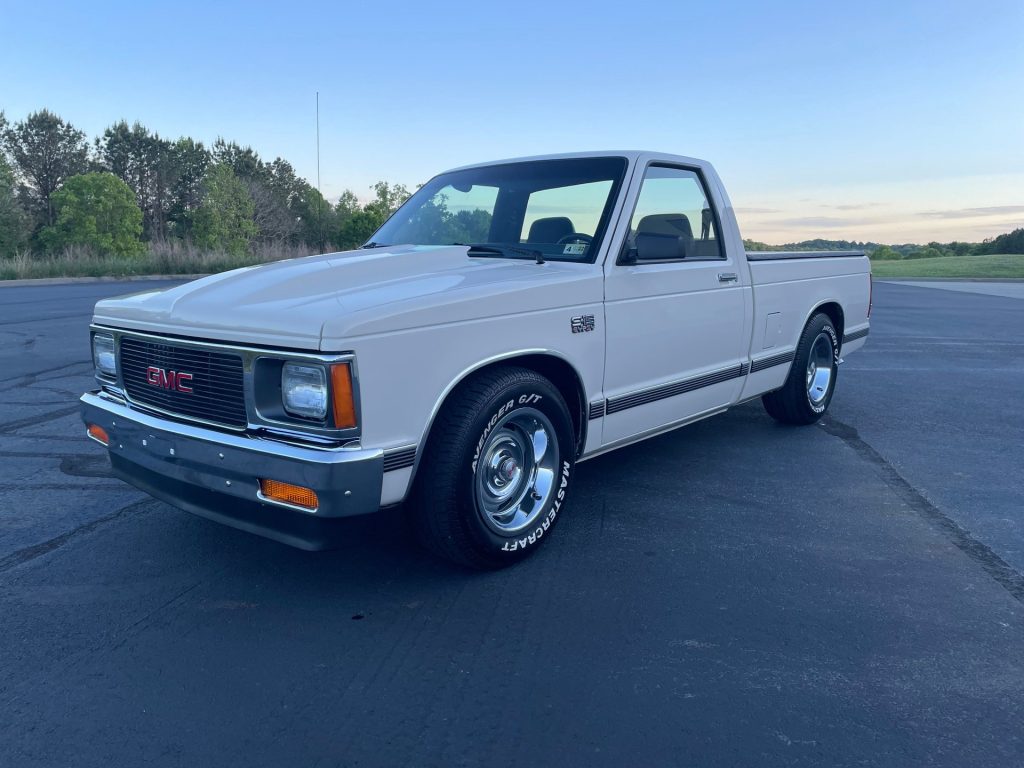
7. Ford F-150
These trucks are typically built to last around 150,000 miles, after which too many components start failing, making them difficult for most people to maintain—ideally nudging them toward purchasing another Ford. The cam-chain tensioners and transmissions on specific models are known to fail at that mileage mark.
For certain model years, the go-to fix is often a replacement engine. You’ll still see a fair number of Ford half-ton trucks on the road that were equipped with more durable engines, but their rocker panels beneath the cab are frequently rusted out.
It’s not uncommon for a 1998–2010 F-150 that’s still running to have significant frame rust, especially if it spent its life in the Midwest or Northeast regions of the United States.
6. Any Stake-Body Truck Used in Construction or Landscaping
If you’re shopping for a used truck and you’re considering a stake-body, make sure it has low mileage if it was used for commercial purposes. Hauling concrete, debris, and dirt in industrial settings seems to accelerate rust in a major way.
This makes sense when you think about it—drywall, concrete, and dirt are highly alkaline, and anything that isn’t pH-balanced can cause corrosion when it comes into contact with metal.
On top of that, mud thrown into the wheel wells tends to sit for weeks at a time since these trucks are often in constant use. All these conditions lead to rust developing much sooner than it would in a truck used for lighter, everyday tasks.
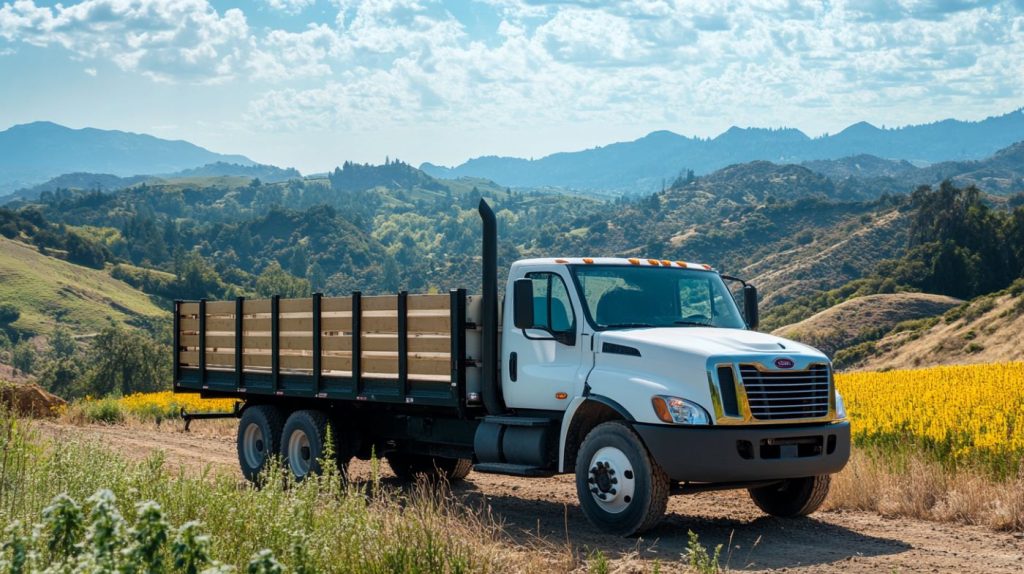
5. Any Dump Truck Model With High Mileage
These trucks often come in 2-ton or larger sizes. Forty years ago, hardly anyone owned one. Now, it’s not unusual to see Billy-Bob driving one as a daily commuter. Because they carry so much sand and concrete, these trucks are prone to rusting out quickly. Often, it’s just the dump bed that rusts, while the cab and frame remain in decent, usable shape.
It’s crucial to investigate how the truck was used before making an offer. These trucks are usually equipped with the most durable gas and diesel engines, which means they can keep going for over 250,000 miles. Still, it’s important to be cautious before you commit to buying one.
Also Read:12 Used Cars That Are the Most Unreliable
4. Dodge Tradesman RV Conversion
These vehicles were never true trucks, as they began life as vans. However, many of the 1-ton versions had two-thirds of their original body removed and replaced with an aftermarket aluminum body, effectively turning the van into a step-through similar to a high-cube configuration. They were not designed with longevity in mind.
Anytime you attach an aluminum shell to a steel front body, electrolysis is inevitable. It’s just the nature of mixing those two metals. You’ll still come across some of these in good condition even after 40 years, but it’s important to give them a thorough inspection. Hidden rust on the frame or pinholes in the aluminum shell are common issues to watch out for.
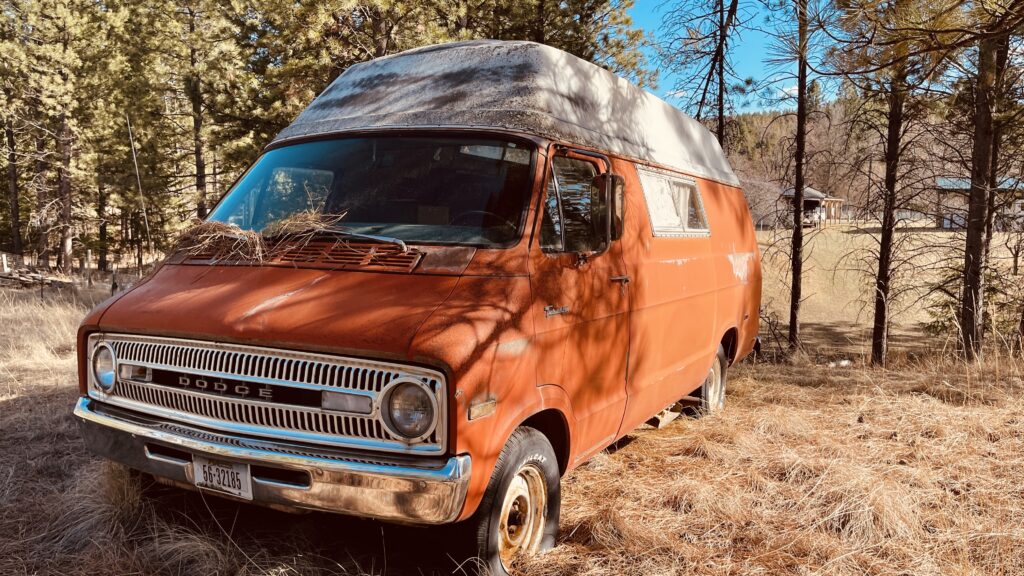
3. Toyota SR5 and Hi-Lux
This is another older truck that could easily exceed 200,000 miles with proper maintenance. Unfortunately, the vintage models didn’t hold up well when used in regions known as the rust belt. These trucks became infamous for severe rust in the bed area, and many also developed frame rust if they were never treated with rust protection.
It’s common to see them with a replacement bed from a different truck to keep them roadworthy. In many cases, that solution works just fine. Outside of the rust problems caused by exposure to road salt, these trucks were recognized for their impressive durability and longevity.
2. Chevrolet C/K Series Over 15 Years Old
Some model years of these trucks were far better than others. The ones you really need to be cautious about when buying used are those manufactured between 1973 and 1994. GM didn’t apply rustproofing to these trucks as effectively as they did with the newer models that followed.
In fact, the frames on some trucks from those years were already weak when new, and that weakness can turn into a serious safety issue once corrosion sets in.
Interestingly, models built before 1973 are often found in better, more usable condition than those that came after. That could be due to GM cutting manufacturing costs during certain years. So, buyer beware.
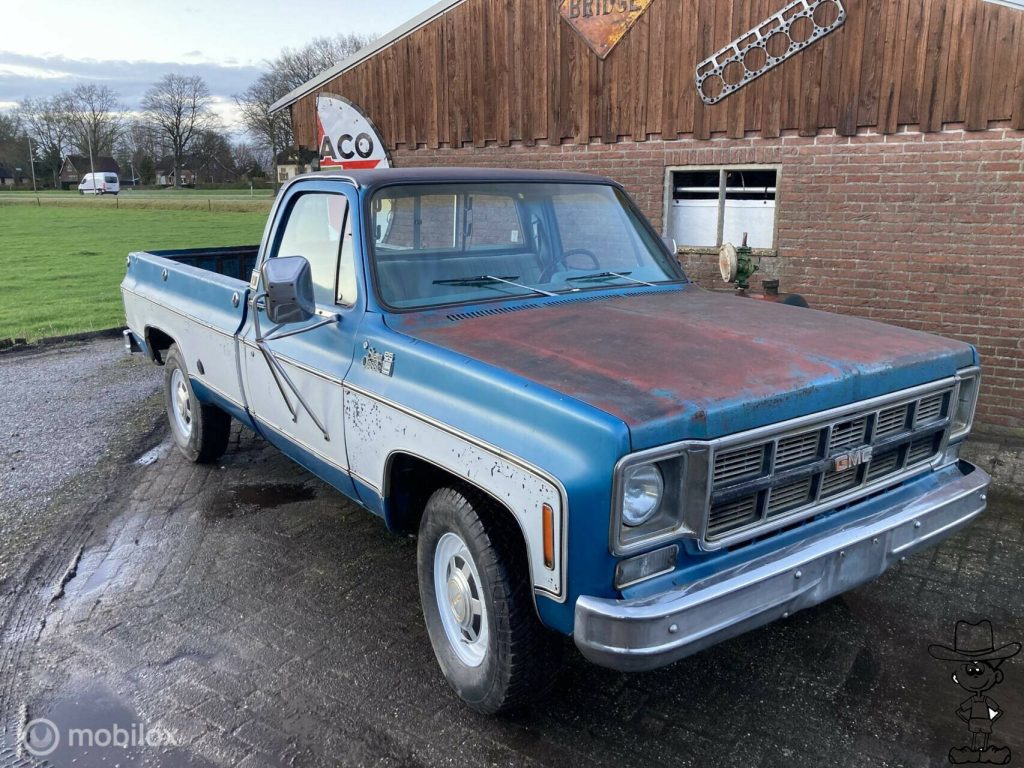
1. Dodge Ram 50, Mitsubishi Mighty Max
These trucks were equipped with durable engines, reliable transmissions, and solid wiring that could last for years. However, they were made with typical Japanese steel from that era, which lacked any significant rustproofing.
Most of them have disappeared from the roads, but if you happen to find one for sale, make sure it originally came from a warm climate.
Just like Toyota and Nissan trucks from 35 years ago, these models didn’t offer much protection against rust. One of their appealing features is that they were available with excellent diesel engines, so it’s not unusual to still find them running. Just be sure it’s not a rust bucket underneath.

